|
Spring is here! We've got sprouts sprouting and greens greening up! Here's a snapshot of what's growing these days.
0 Comments
 We're happy to announce that sign-up for our late fall CSA is now open! The fall CSA starts the first week of November and will run through the week before Christmas, for a total of seven weeks of yummy fall and winter veggies for $200. We'll have both storage crops - potatoes, beets, carrots, onions, garlic, a variety of winter squash, parsnips, etc. - and fresh vegetables like Brussels sprouts, spinach, broccoli, braising greens, and more! We're accepting both on-farm and delivery shares, with drop-off locations in Middlebury and Rutland. The share is a medium-to-large size, which we recommend for 2-4 people. However, since many of the vegetables at that time of year are storage crops, the share is also appropriate for individuals or couples who have some storage capacity and would like to have extra for the later months. (Or, of course, for those who eat an above-average amount of veggies.) Check out the CSA page for more info and to sign up -- and as always, get in touch with any questions! It's August. We're halfway through summer CSA and in the busiest time at the farmers' market. Everything is busting at the seams – the crops, the weeds, the cooler, the van when we load up on Saturday. It can be a bit overwhelming! We're trying to make sure to take some breaks, get enough rest, and remember that there are a lot of months between us and the end of the winter market in December. At the same time, it's satisfying to be pulling in so much bounty – hundreds of ears of corn, hundreds of pounds of melons. The garlic are drying down in the barn, and we've got strawberry plants due to arrive in early September, so we're prepping beds for that. So far the disease and pest pressure hasn't been too bad (knock on wood!), and weeds are are biggest battle. We went from about 4.5 acres last year to about 6 this year; I'll write soon about some of the changes and investments we've made this year to streamline and improve our practices as we grow.
There may be arguments over what diet is best for human health, but everyone agrees that vegetables are a key part. Something we often hear from new CSA members is that they didn’t realize how much they weren’t eating vegetables until faced with a steady supply each week. (Our large share typically contains 6-8 veggies, which is pretty much one a day - with Federal guidelines suggesting 5 servings daily and many parties recommending more, it can be a wake-up call to realize how challenging it is to get even one or two servings!)
In our household, perhaps unsurprisingly, we tend to eat a lot of vegetables. One way, of course, is to just eat them straight - smashed potatoes, roasted broccoli or cauliflower, salads of all kinds. But I’ve also trained myself to pause throughout the meal preparation process and ask, "How can I get more veggies in this?" Herbs and garlic scapes in scrambled eggs or sauteed greens alongside eggs over-easy. Kale smoothies are a real thing (though I like spinach better) - frozen in popsicle molds, they’re a no-fail way to get some veggies in kids. Lettuce and herbs tucked into sandwiches and wraps, broccoli in mac ’n’ cheese, carrots grated into hamburgers, spinach chopped into pasta sauce. It is the rare soup not improved by a few handfuls of torn greens added at the end. We make a lot of one-pot sautes (like our recent beet greens and sausage recipe), and those are an endlessly flexible way to incorporate lots of vegetables into a main dish. Few recipes are so delicately balanced that you couldn't add another vegetable of some sort at some point. Finding some vegetable snacks you like is a help, as well. It all adds up! (Check out our summer saute master recipe!) 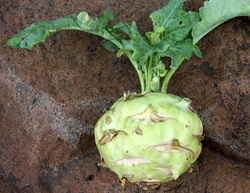 Kohlrabi is currently my favorite vegetable. It's in the cabbage family - in fact, along with broccoli, cauliflower, Brussels sprouts, and kale, it is the same species as cabbage! It's been bred for a big fat round stem, which is the part most-used, though the leaves are edible, too. The outer skin gets peeled off, and the interior is crisp, juicy, and both sweet and a bit peppery. The flavor is similar to mild radishes, salad turnips, or the stem of a broccoli. Definitely a cabbage relative. (Sonora calls it a cabbage-apple.) I've been hassling Jeremy for years to grow this plant, and this is the first year that he gave in. (He thought he didn't like it.) Turns out that it grows well, and - though many people don't know it - we've been sampling it at the market, and most folks are pretty excited once they find out how yummy it is. We like it best raw - sliced into salads, alone or mixed with cabbage in a slaw, or just dipped in hummus or ranch dressing. However, we've heard good things about it cooked in fritters, roasted, grilled, and even boiled and mashed like a potato. In the fall we might add it to a dish of roasted veggies. If you have a favorite turnip or rutabaga recipe, it would probably sub pretty well. I'm planning to pickle some in the coming weeks. If you've got a favorite kohlrabi recipe, let us know!
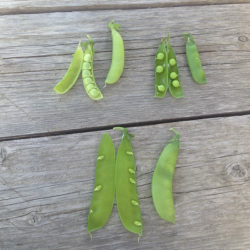 Snap pea, shell pea, and snow pea Snap pea, shell pea, and snow pea Peas are one of spring's great joys - sweet, green, and so easy to eat! There are three kinds of common peas, and each one has its particular best uses. All peas are sweetest soon after they're picked, so don't hang on to them too long, and all peas should have their stems and strings removed before eating. Snap peas (top left in the photo) can be eaten whole, except for the stem, and do not need to be peeled. Their shells are thick and juicy and the peas inside should be plump. They can be eaten raw, chopped for salads or stir-fries, or sauteed lightly. They don't benefit from long cooking. Shell peas (top right) have tough, inedible pods and delicious little peas inside. These are the peas you find frozen in bags at the supermarket. We find the best way to open the shells is to pull the stem backward, down the side of the pea that curves inward with a slight indentation. This unzips the pod, which you should be able to easily open to scoop out the peas. These can then be eaten raw, or steamed for 5-10 minutes, depending on how you like them. Topped with butter, salt, and pepper, they're pretty amazing just like that! You can blanch them in boiling water for about 2 minutes and freeze. Snow peas (bottom) are also edible-podded peas. In fact, the pod is most of the action in a snow pea; the peas inside are usually quite small. Like snap peas, they are good eaten raw, but are probably most well-known in stir fries and other Chinese dishes. They can be sauteed or steamed, just briefly, or added to salads. A quick, tasty side dish can be made by sauteing snow peas in sesame oil for just a minute or two, then tossing with lemon juice, salt and pepper. Because fresh peas are so good, and the season so short, we tend to prepare them in simple ways that really highlight their own flavor (ie, sauee for a minute and add butter). But, of course, there are lots of options to incorporate peas into many other dishes - here are some ideas for snap, shell, and snow peas. Are you dreaming of summer yet? Put a deposit down on this summer's enjoyment by signing up for a CSA now!
We've got a few new developments for the CSA this year, which we're pretty excited about. We're adding some new produce to the mix, including fennel, sweet corn, and strawberries. We've also partnered with several farmer friends to make meat, cheese, bread, eggs, and honey available to our subscribers. (See the CSA page for more details.) For folks who pick up on the farm, we're expanding the "market style" pick-up that we trialled with the Winter CSA into the summer. We got really good feedback about this system, which gives you a bit more variety and control over what you take home each week. We'll have a few tables set up with several types of produce on each, and you'll be able to choose what you want from each table. (Some items, like early tomatoes, will still be distributed more tightly to make sure everyone gets their share.) We're also expanding our workplace delivery program to reach more businesses between Rutland and Vergennes. Those who get deliveries will have traditional set boxes -- but they will get them delivered directly to their place of work! If you think some of your coworkers might be interested in a CSA, let us know! We are happy to talk to HR or office managers about the program and how we can make it work best for your business or organization. If you have any questions, please get in touch. 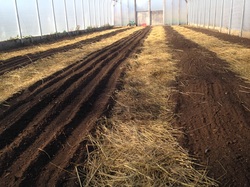 December is here, but we are still farming! We've been seeding greens, carrots, turnips, and radishes, with an eye towards the early spring; the seeds should just sprout in the next weeks, then hold during the dark and cold of deep winter, to start growing again in late February and March. Our winter sales this year were much higher than we'd expected; we've sold out of nearly all our storage crops except onions and winter squash and what we're saving for CSA. We planted twice as many potatoes this year over last, and next year we'll be planting even more. Same with carrots, beets - even our parsnips are nearly sold out! It's a great sign of the maturation of the local foods movement - for farmers and consumers both - that winter demand is growing. No longer must localvores follow the plenty of summer with turnips all winter - though winter's pickings are certainly slimmer than August's, there is a huge increase in variety and quality over what was available several years ago. On our own farm, we were excited to be able to provide food for our neighbors for an additional two months this year with our Winter CSA and at the farmers' market, and hope next year to expand our winter growing even more. Hopefully, you've heard of the Food Safety Modernization Act (FSMA) - it's a set of sweeping regulations that will affect how food is grown and processed in the United States. Many of the current proposed rules would be disproportionately expensive and onerous for small and organic farms, without necessarily being linked to actual food safety.
The public comment period on the regulation closes this Friday, 11/22. Consumers as well as farmers can comment - you can tell them that this law will damage the food system we're trying to create, and that the farmers you buy from are part of the solution, not the problem. In addition, the proposed regulations are in conflict with national organic certification rules as well as practices recommended by Federal conservation programs to improve biodiversity and wildlife habitat on farms. We hope that you can take a few minutes and submit a comment in support of small farms like ours. The National Sustainable Agriculture Coalition has a great summary and sample template comments for consumers and farmers. You can learn more about FSMA on the NOFA-VT blog (and in many other places online). Thanks! |
Follow us on Facebook for more updates! Archives
March 2016
Categories
All
|

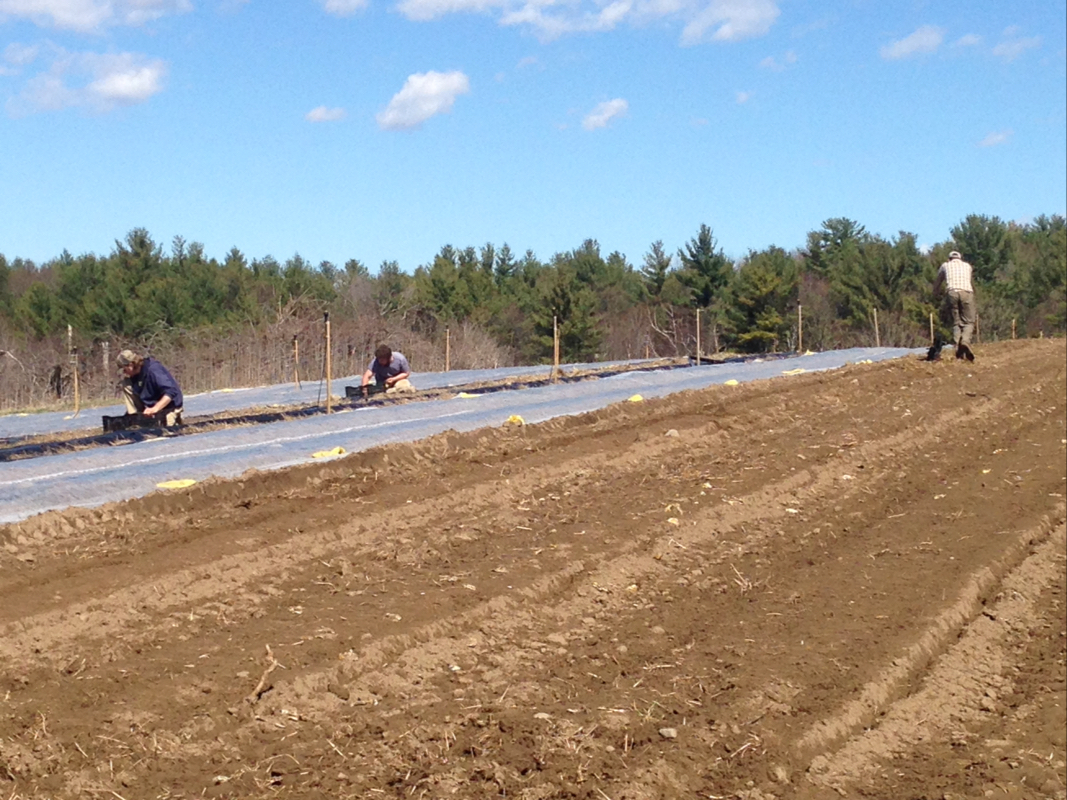
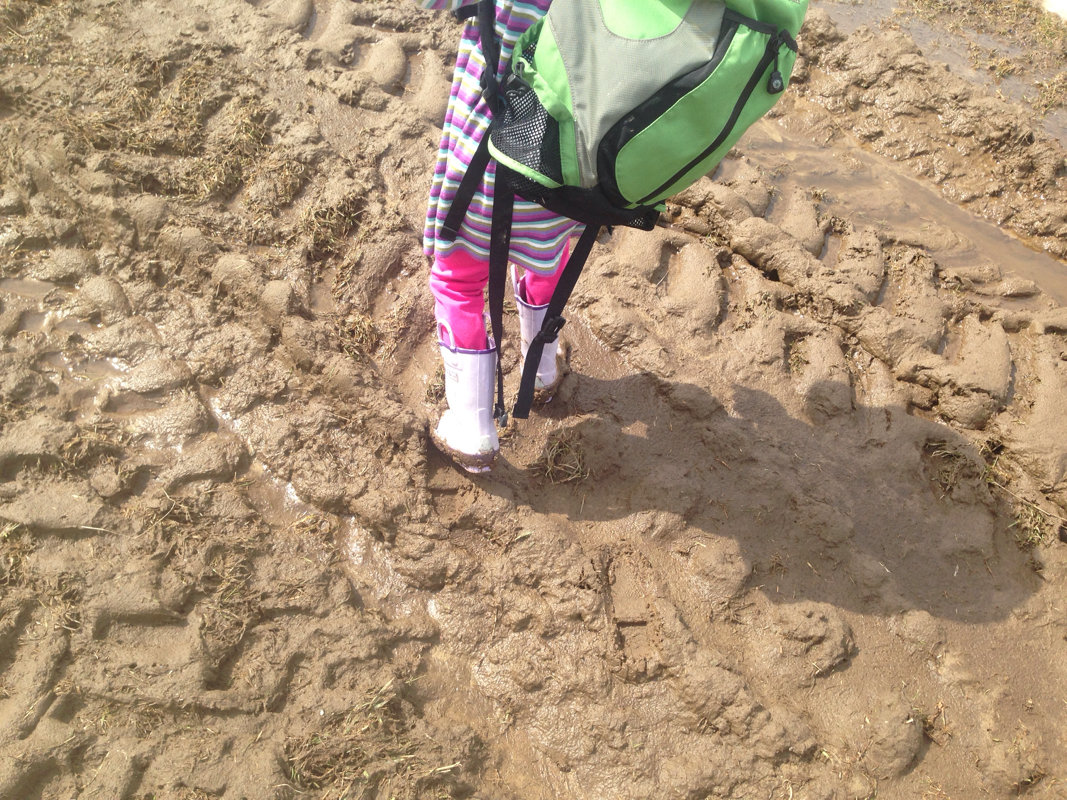

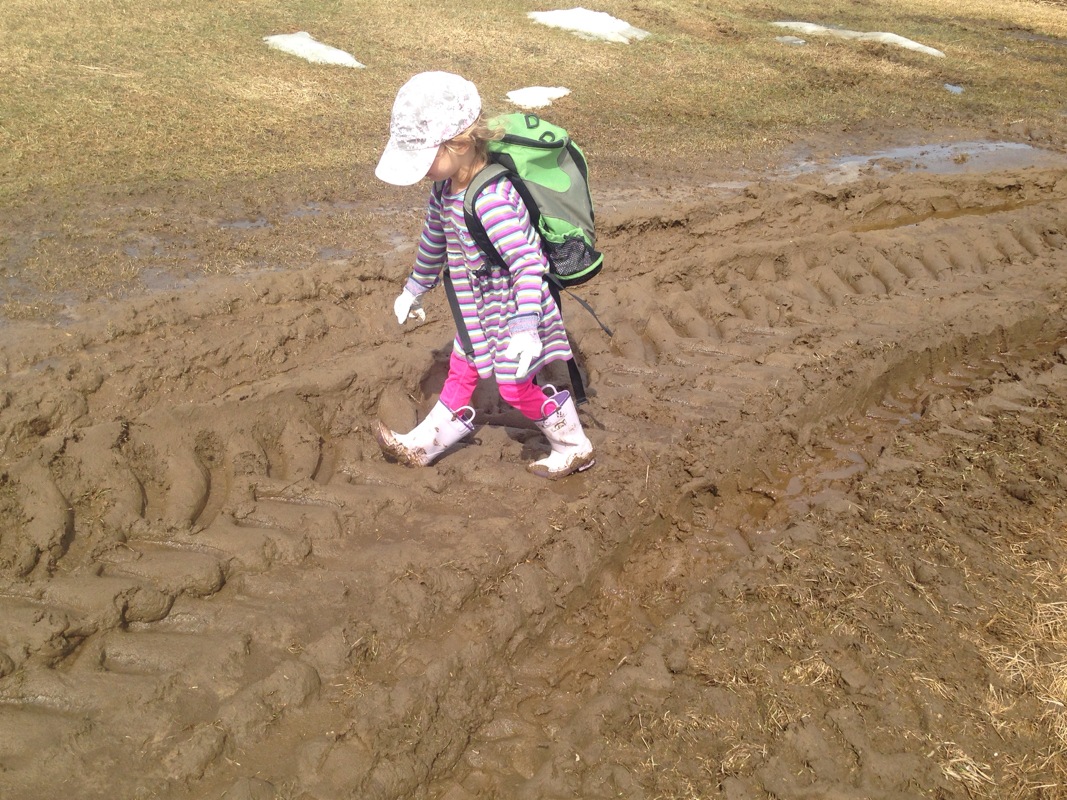
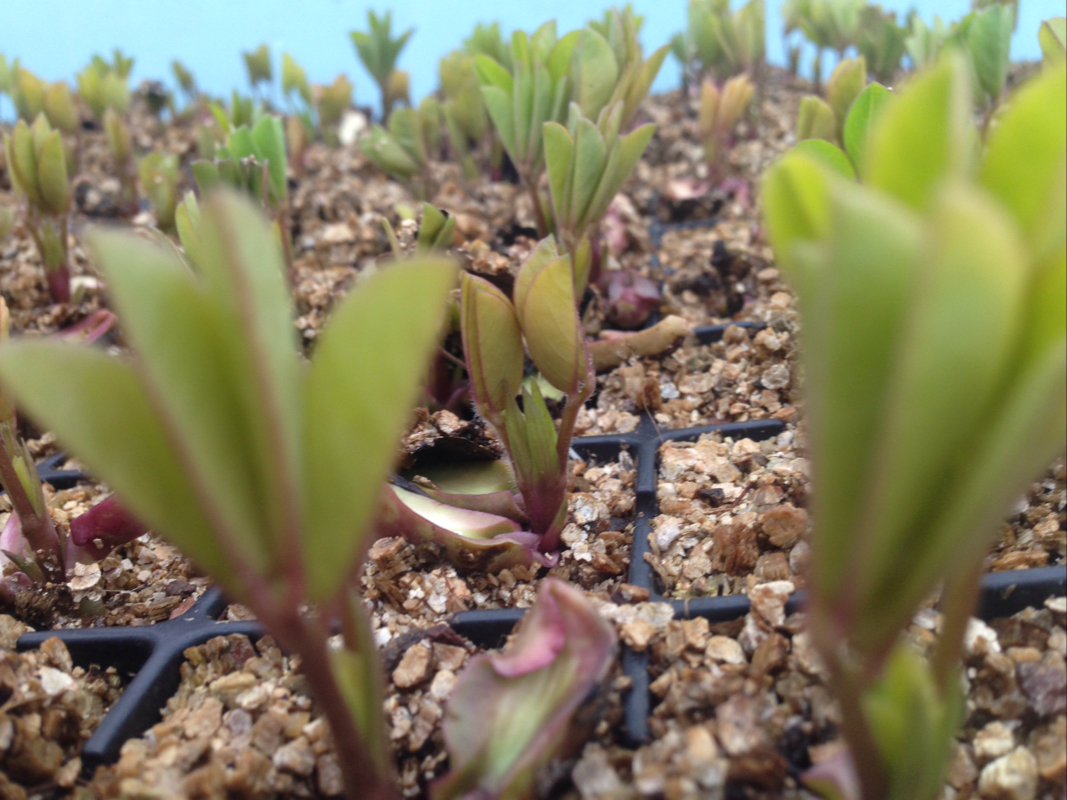
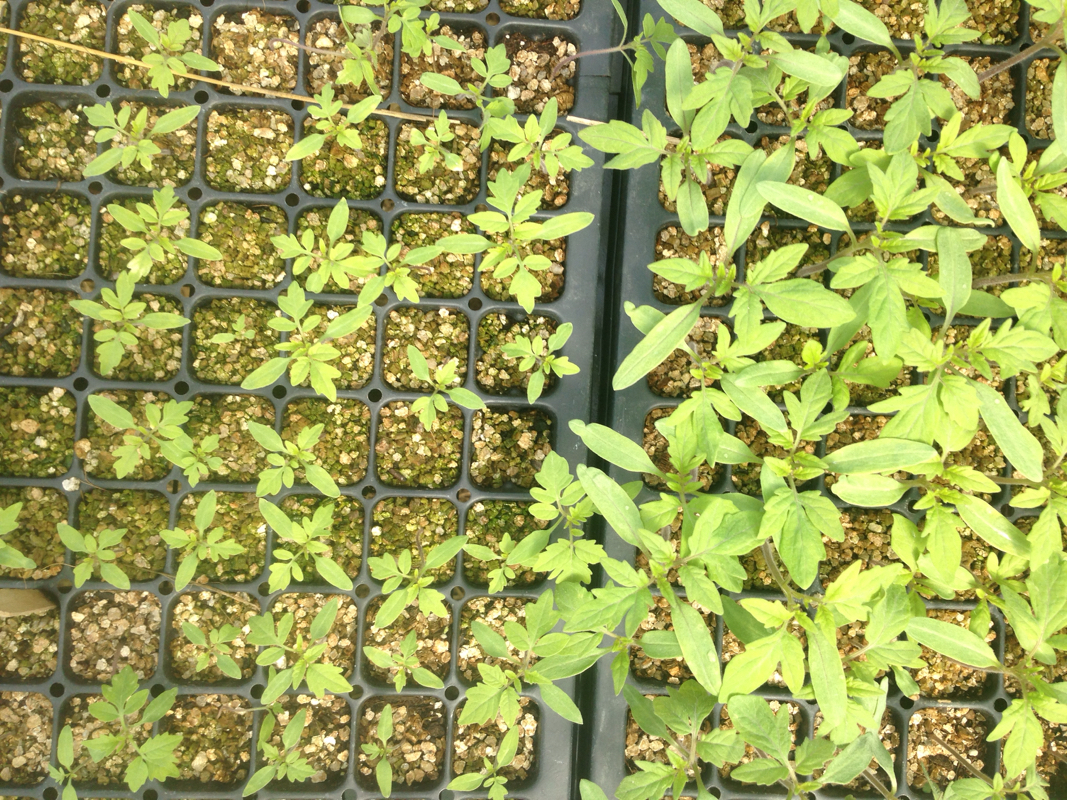
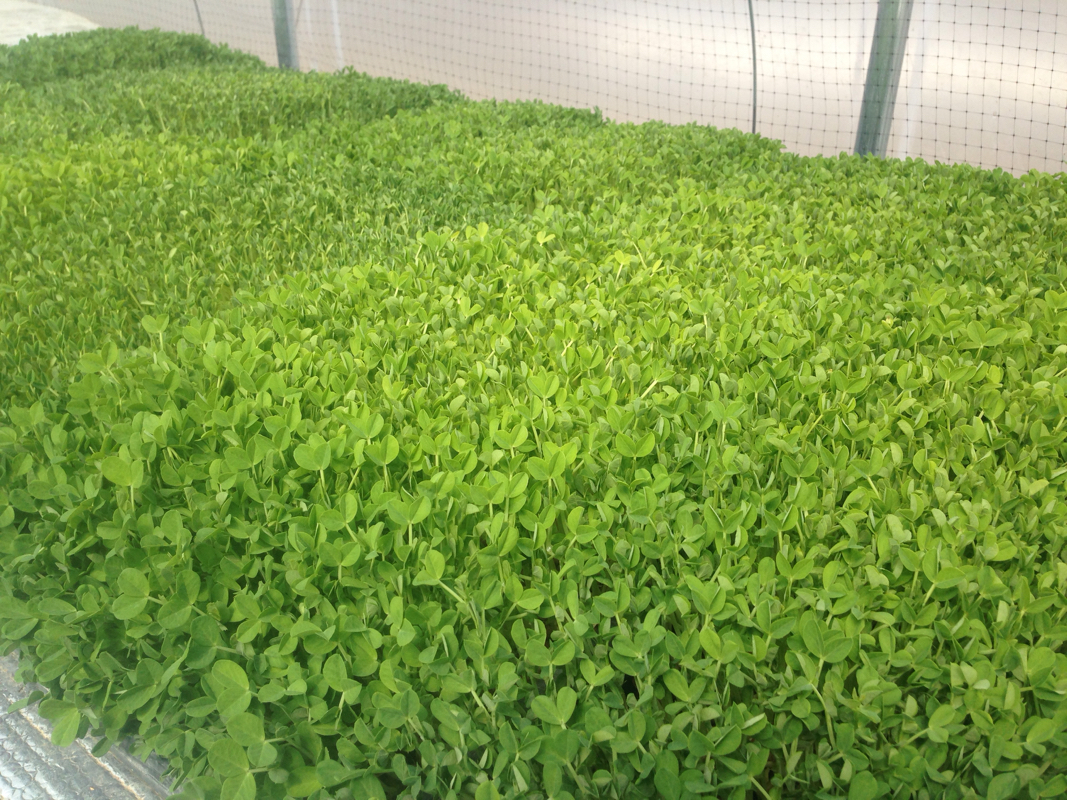
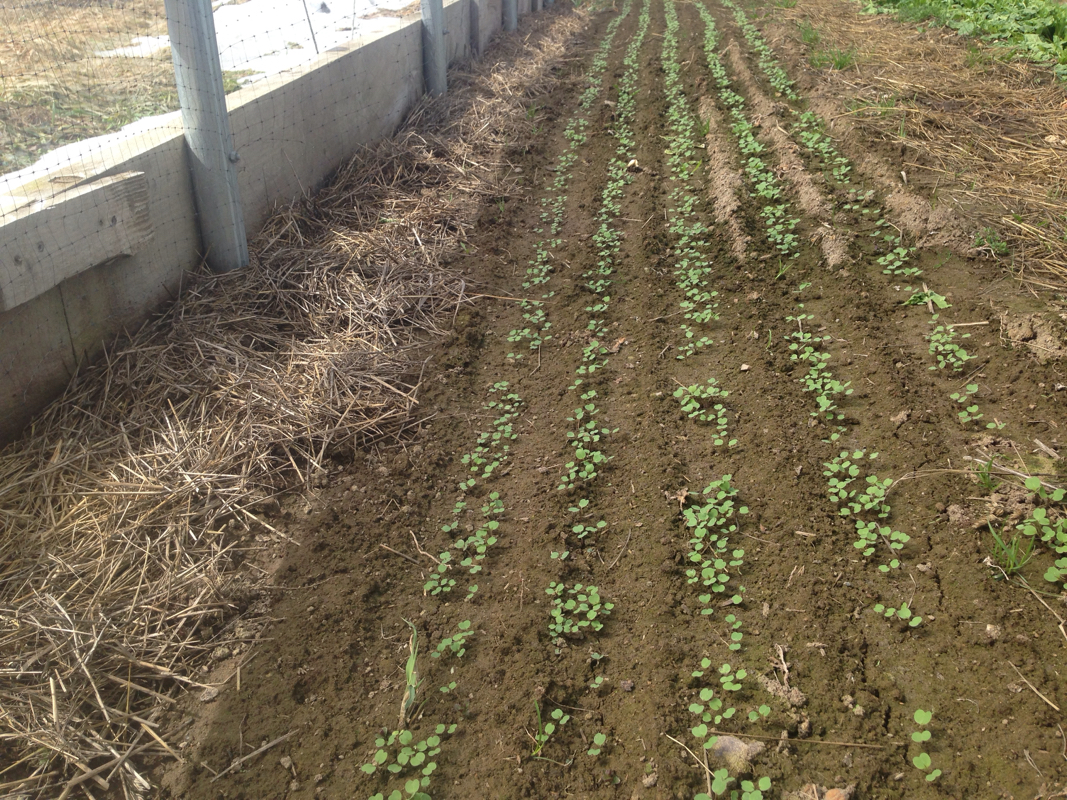
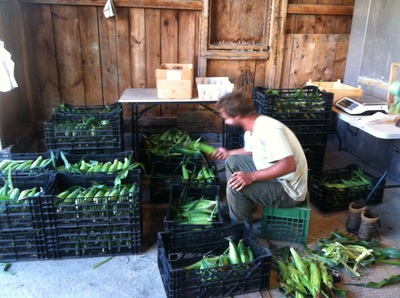
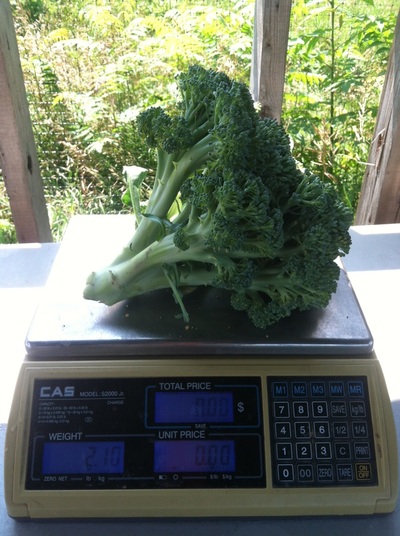
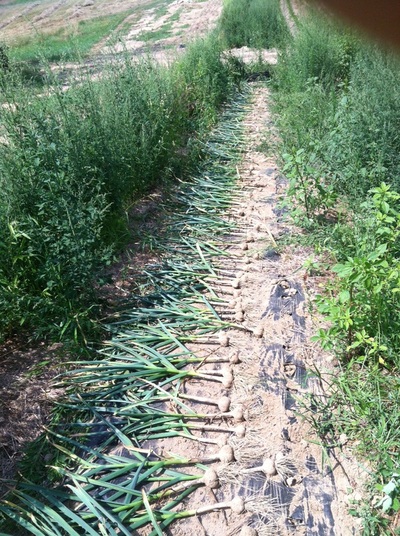
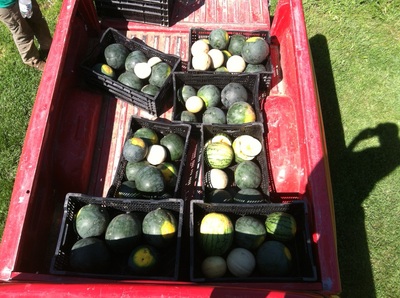
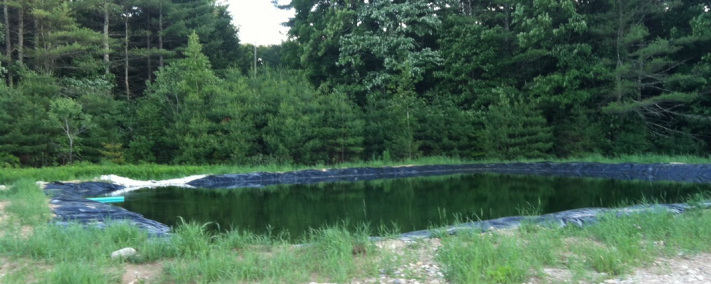
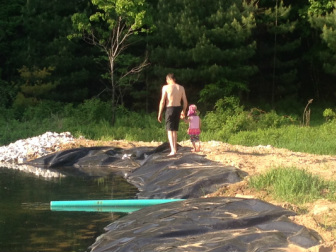


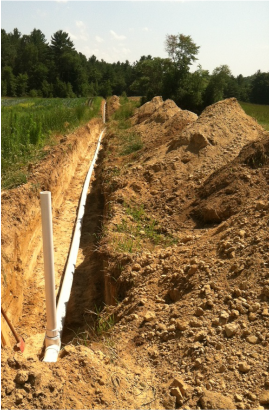
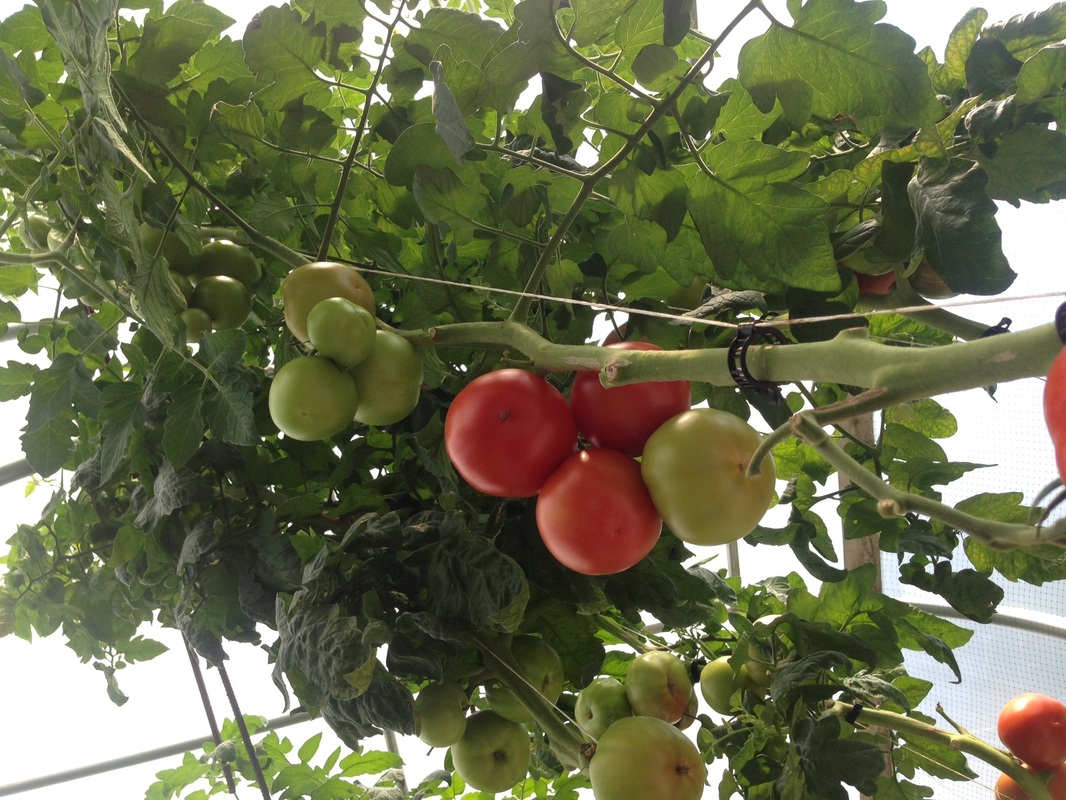
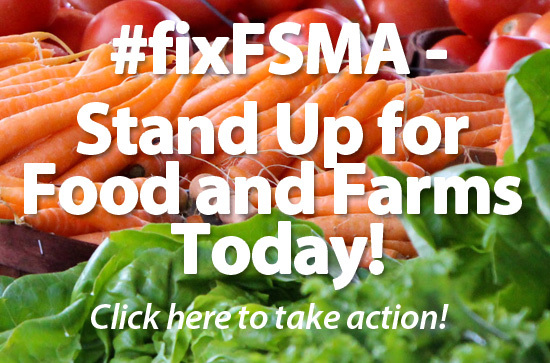

 RSS Feed
RSS Feed
